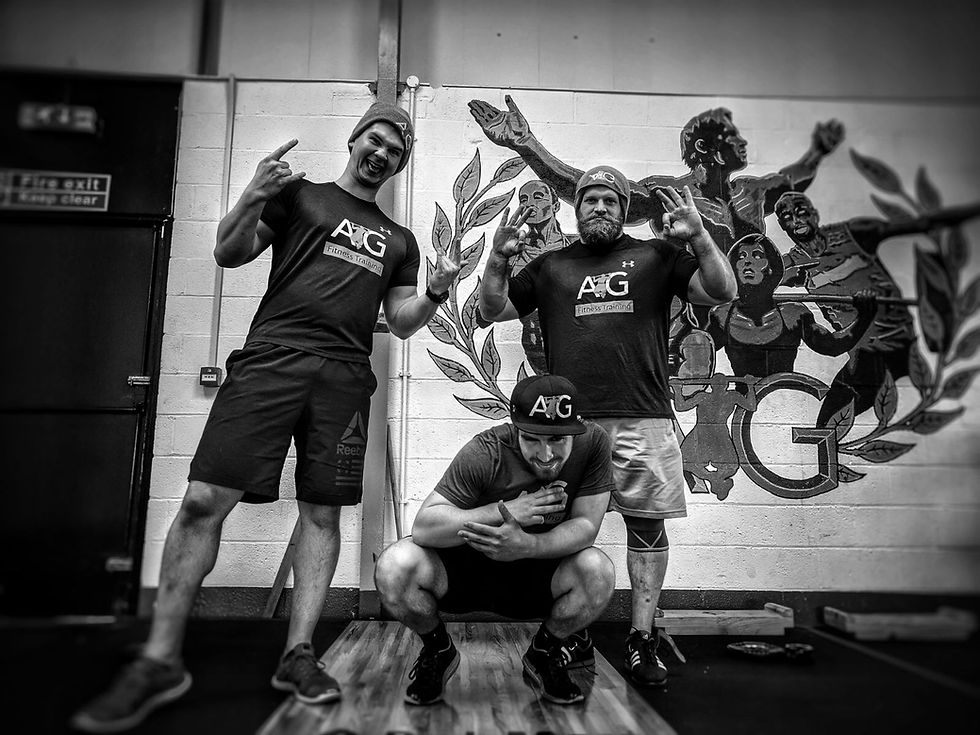Lifting myths
- Andy Graydon
- Sep 14, 2017
- 3 min read

When you’re first getting into something new – whether it’s exercise, a hobby, a sport – it’s hard to recognise fact from fiction. This is a short list of a few of the most common myths associated with the gym!
The Anabolic Window
Many people still worry far too much about the so-called “anabolic window”. The claim is that in the 20-30 minute period after your workout, your body will more effectively utilise protein to repair the muscles that you’ve just worked on. This is why people so often chug a protein shake immediately after their workout (I’m guilty of this, but more so because I’m hungry!). Most of the few studies that focussed on this were on fasted participants, so not only was protein absorbed faster than usual, but so were fats and carbs! As long as you’re getting adequate amounts of protein spaced throughout the day, this is going to make little difference to your overall body composition.
Lifting will make me bulky!
This one applies to a lot of women who may believe this. Not those from the AG Fitness community, as they’re wise in the ways of lifting. It’s a common misconception that lifting weights will make you appear bulky – in reality, the only thing that’s going to make you bulky is too much food! Women have significantly lower testosterone and higher estrogen levels than males which physically makes it much more challenging to build muscle. Following a weightlifting programme can help females lose body fat as they have more lean muscle mass. It allows you to achieve a more toned physique and increase strength too! Lifting might make you “too big”? You should be so lucky.
If left untrained for too long, muscle will turn into fat
This is an odd one. Muscle cannot turn into fat and fat cannot turn into muscle, seeing as they are made of two different things. Untrained muscle will gradually atrophy, meaning that they will decrease in size, but muscle stays muscle. If you stop training, become sedentary, and overeat, that is the most likely cause for fat-gain rather than your muscle magically turning into fat cells.
Knees can’t track over your toes in a squat
Considering that Olympic weightlifters spend about 50% of their time in a deep ass-to-grass squat, with their knees over the front of their toes, this isn’t a hard myth to prove wrong. These athletes have incredible mobility, strength and power levels, not to mention top level coaches working alongside them. Weightlifting can actually prove to be beneficial for your bones and joints as bone density increases when placed under a load. This is why resistance training is highly recommended for older adults, as this puts them at a lower risk of bone diseases like osteoporosis. If your ankle mobility needs a bit of work, getting a good depth in a front squat can be a huge obstacle. The chances are that you may end up sacrificing good form and shifting the weight from your heels onto the balls of your feet just to gain depth. This places immense stress on the knee joint – this is likely where the myth originated. If you have the mobility, knees tracking over your toes is no issue as all as long as your heels remain on the ground at all times.




Comments